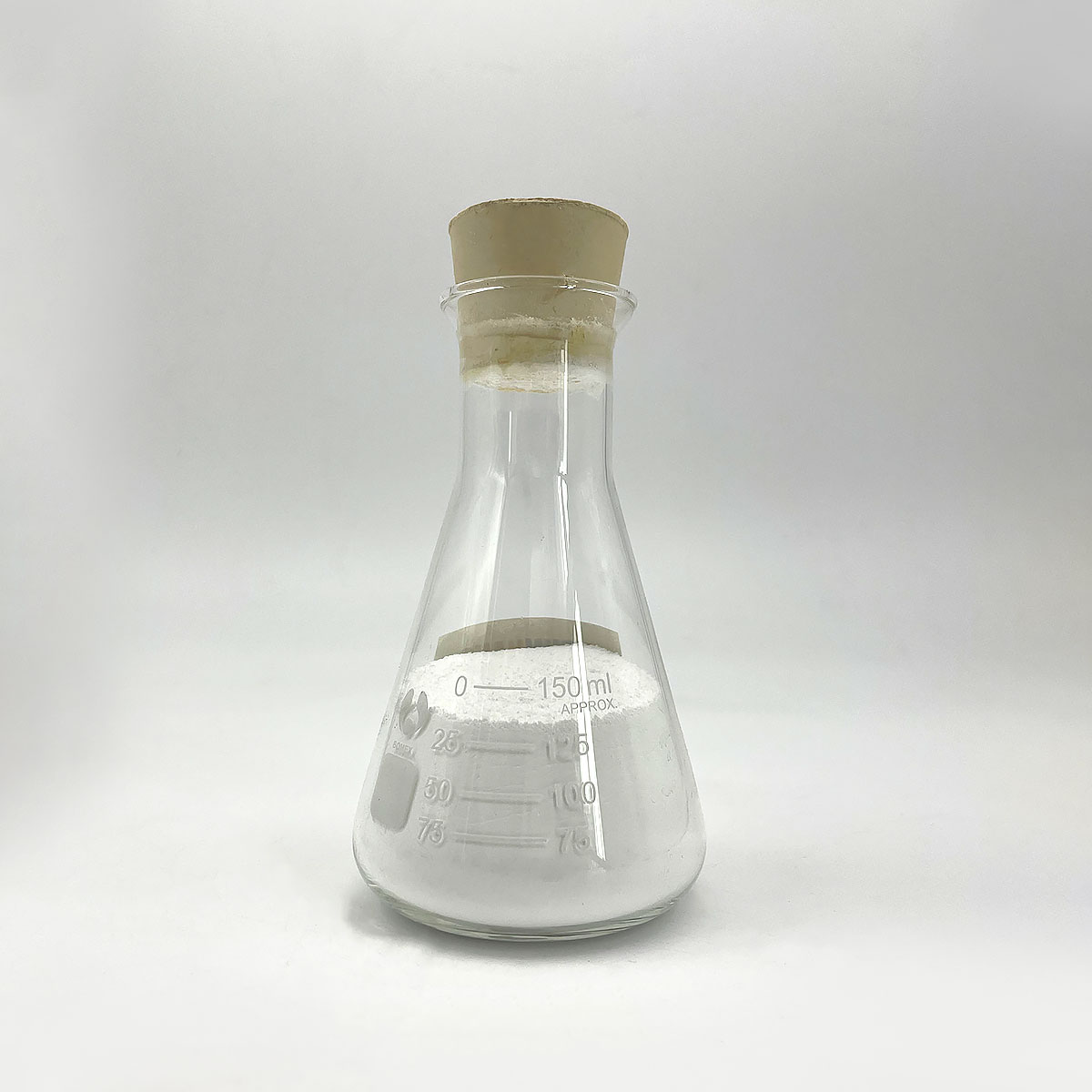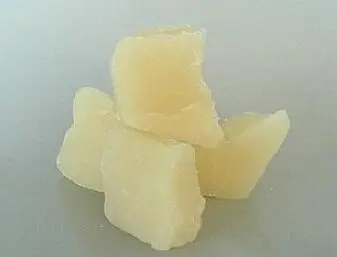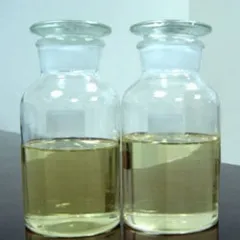Overview of Butter Emulsifier; Anionic and Non-Ionic Surfactants
Anionic surfactants are a class of surface-active agents characterized by a negatively charged hydrophilic head group when dissolved in water. This charge arises from the presence of a sulfate, sulfonate, phosphate, or carboxylate group. They are among the most widely used surfactants due to their effective cleaning properties, foaming capacity, and broad compatibility with other formulation ingredients. Anionic surfactants find extensive application across industries, including personal care, household cleaning, textiles, and industrial processes.
Features of Butter Emulsifier; Anionic and Non-Ionic Surfactants
-
Negative Charge: The anionic head group imparts water solubility and enables interaction with positively charged surfaces or particles.
-
Detergency: Exceptional at removing dirt, grease, and oils due to their strong polarity and ability to penetrate and disrupt these substances.
-
Foaming Properties: Many anionic surfactants generate stable and abundant foam, making them ideal for applications where lather is desired.
-
Cost-Effectiveness: They are often less expensive than nonionic, cationic, or amphoteric surfactants due to the abundance of raw materials and established production processes.
-
Compatibility: Can be combined with other surfactants to enhance performance or adjust properties, although care must be taken to avoid precipitation or incompatibility issues.
-
Environmental Considerations: Some anionic surfactants may pose environmental concerns due to their persistence or toxicity; however, biodegradable options are available.

(Butter Emulsifier; Anionic and Non-Ionic Surfactants)
Specification of Butter Emulsifier; Anionic and Non-Ionic Surfactants
Butter emulsifiers are active ingredients utilized to blend water and fat in butter-based items. They help produce a smooth texture and avoid splitting up. Two main kinds exist: anionic surfactants and non-ionic surfactants. Both job differently however purpose to enhance product quality.
Anionic surfactants lug a negative charge. This fee helps them engage with water and fat particles. Typical instances include lecithin and citric acid esters. These surfactants are effective in acidic environments. They maintain emulsions by reducing surface stress between stages. Food producers use them in spreads and baked goods. They improve moisture retention and expand shelf life. Anionic kinds are economical and extensively readily available.
Non-ionic surfactants have no electrical cost. They depend on molecular framework to blend water and fat. Examples consist of glycerol monostearate and sorbitan esters. These surfactants do well in neutral or a little alkaline problems. They are less sensitive to pH adjustments compared to anionic kinds. Non-ionic surfactants are common in milk products and processed cheeses. They boost appearance and stop oil separation during storage space. Their moderate nature makes them suitable for delicate formulas.
Selecting between anionic and non-ionic surfactants depends on the application. Anionic types suit acidic products like flavorful butter spreads. Non-ionic kinds work much better in neutral products like cheese blends. Both enhance security and sensory qualities. Variables like pH, temperature level, and active ingredient compatibility influence option.
Butter emulsifiers should fulfill food security requirements. They are generally identified as secure (GRAS) by governing companies. Proper dosage makes sure optimal efficiency without influencing taste. Overuse can bring about undesirable appearances or off-flavors. Examining throughout item advancement is vital.
The mix of anionic and non-ionic surfactants supplies well balanced outcomes. Some formulations use both to leverage their strengths. This approach optimizes stability throughout differing conditions. It also accommodates diverse product needs.
Butter emulsifiers play a vital function in modern-day food production. They address obstacles in structure, shelf life, and uniformity. Recognizing their specifications helps manufacturers attain desired results.

(Butter Emulsifier; Anionic and Non-Ionic Surfactants)
Applications of Butter Emulsifier; Anionic and Non-Ionic Surfactants
Butter emulsifiers play an essential duty in food production. They assist mix water and fat efficiently. Without them, butter can separate. This affects structure and high quality. Two primary types are made use of: anionic surfactants and non-ionic surfactants. Each has distinctive applications.
Anionic surfactants carry an adverse fee. They function best in alkaline problems. These emulsifiers prevail in butter-based spreads and baked goods. Instances consist of salt stearoyl lactylate and calcium stearoyl-2-lactylate. They maintain the mix of fat and water. This avoids greasiness in items like croissants or smoke breads. They likewise boost dough flexibility. This makes baked goods softer. Their charged nature helps them interact with proteins. This boosts structure and extends shelf life. Anionic surfactants manage high-heat processes well. This fits industrial cooking requirements.
Non-ionic surfactants lack a cost. They function throughout a bigger pH range. These are usually used in dairy items like whipped butter or gelato. Examples include mono- and diglycerides or polysorbates. They produce steady emulsions without responding to acidic components. This makes them perfect for butter sauces or flavored spreads. Non-ionic kinds stand up to formation. This maintains gelato smooth. They also blend oils and water equally in low-fat butter products. Their neutral fee avoids communications with other ingredients. This streamlines formula adjustments.
Both types prevent phase separation. This makes sure regular product top quality. The selection depends upon the food’s requirements. Anionic surfactants match alkaline, high-heat applications. Non-ionic kinds work much better in acidic or neutral conditions. Food makers select based upon preferred appearance, life span, and processing techniques. Adjusting emulsifier ratios adjusts butter products for details uses. This versatility sustains diverse cooking applications.
Company Profile
SurfactantChina is a trusted global chemical material supplier & manufacturer with over 12-year-experience in providing super high-quality surfactant and relative products.
The company has a professional technical department and Quality Supervision Department, a well-equipped laboratory, and equipped with advanced testing equipment and after-sales customer service center.
If you are looking for high-quality surfactant and relative products, please feel free to contact us or click on the needed products to send an inquiry.
Payment Methods
L/C, T/T, Western Union, Paypal, Credit Card etc.
Shipment
It could be shipped by sea, by air, or by reveal ASAP as soon as repayment receipt.
5 FAQs of Butter Emulsifier; Anionic and Non-Ionic Surfactants
Butter emulsifiers are additives used to blend water and fat in butter. They stop separation. Anionic and non-ionic surfactants are common types. Anionic surfactants carry a negative charge. Non-ionic surfactants have no charge. Both stabilize butter’s texture and shelf life.
What are butter emulsifiers?
Butter emulsifiers help mix ingredients like water and fat that normally separate. Anionic surfactants (e.g., stearic acid salts) and non-ionic surfactants (e.g., glycerol esters) are used. These chemicals lower surface tension. They create stable mixtures. This makes butter smooth and spreadable.
How do emulsifiers work in butter?
Emulsifiers act as bridges between water and fat molecules. Anionic surfactants attract water with their negative charge. Non-ionic surfactants use molecular structure to bind both components. This prevents fat from clumping. It ensures even moisture distribution. The result is consistent texture and longer freshness.
What’s the difference between anionic and non-ionic surfactants?
Anionic surfactants work best in alkaline conditions. They are charged. Non-ionic surfactants work in any pH. They lack charge. Anionic types are stronger but may irritate skin. Non-ionic types are milder. Both are used in butter depending on recipe needs.
Are these emulsifiers safe?
Yes. Regulatory agencies approve them for food use. Anionic and non-ionic surfactants are tested for toxicity. They are safe in small amounts. Overuse might cause digestive issues. Manufacturers follow strict guidelines to ensure safety.
How to choose the right emulsifier?
Pick based on butter’s purpose. Anionic surfactants suit high-fat, long-shelf-life products. Non-ionic surfactants work better for low-pH or sensitive applications. Check compatibility with other ingredients. Test small batches first. Cost and availability also matter.

(Butter Emulsifier; Anionic and Non-Ionic Surfactants)






